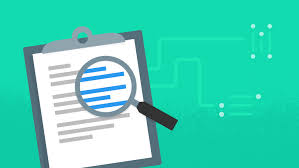
When Content Analytics software processes all the words in a file it needs to recognize key information that is important from the normal language elements. It is searching for clues and patterns that identify this information. This is all accomplished by a Recognition Engine – software that systematically processes all the words to extract what is most relevant to the task at hand.
The Recognition Engine is taught how to best perform this task given the type of content being processed. There are five main recognition approaches which can be utilized and combined to produce the best result. As content is processed, feedback on recognition performance allows the configuration to be improved providing a constant self-improving cycle. The Recognition Engine learns as more content is processed over time.
